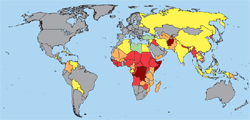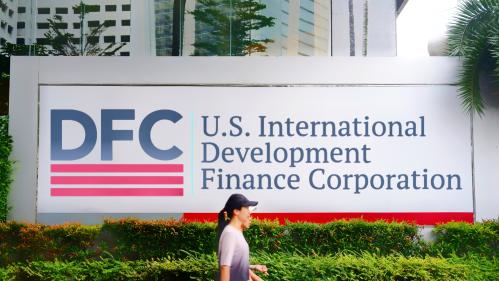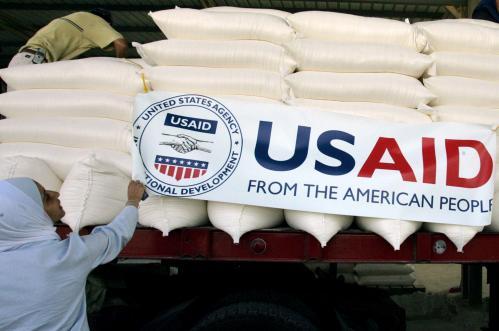INTRODUCTION

|
| World Map of Weak States. View Larger. |
Since September 11, 2001, the United States and other governments have frequently asserted that threats to international peace and security often come from the world’s weakest states. Such countries can fall prey to and spawn a host of transnational security threats, including terrorism, weapons proliferation, organized crime, infectious disease, environmental degradation, and civil conflicts that spill over borders. Accordingly, the 2002 National Security Strategy of the United States maintains that weak and failing states “pose as great a danger to our national interest as strong states.”
The Index of State Weakness in the Developing World was designed to provide policy-makers and researchers with a credible tool for analyzing and understanding the world’s most vulnerable countries. Co-directed by Brookings Senior Fellow Susan Rice and Center for Global Development Research Fellow Stewart Patrick, the Index ranks and assesses 141 developing nations according to their relative performance in four critical spheres: economic, political, security and social welfare.
REPORT
CHARTS
Complete Index » | Printable Version »
Data on the 20 Individual Indicators » | Printable Version »
INDEX OF STATE WEAKNESS IN THE DEVELOPING WORLD



